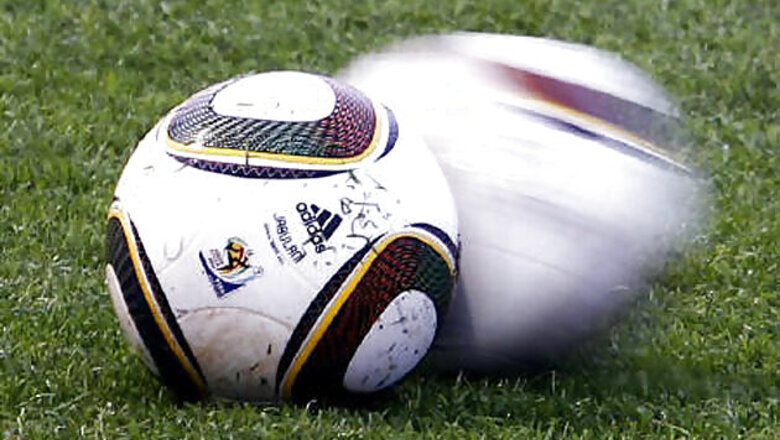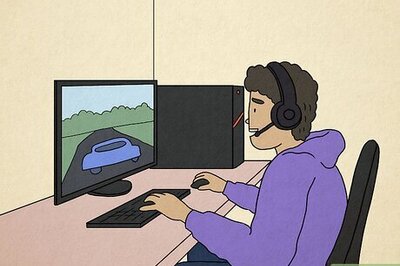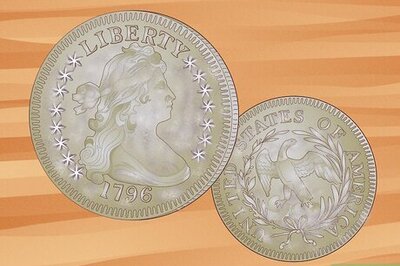
views
Mexico City: If a grooved World Cup ball can upset some of the game's best players, how would they react to a ball packed with cameras, lights and a GPS chip?
A team of Mexico City-based designers are trying to revolutionise soccer with a ball that could beam out TV replays and light up in bright colors when it crosses the goal line to clear up any refereeing gaffes, like the one that cost England a goal on Sunday in its 4-1 World Cup loss to Germany.
"What we wanted to do with this ball is demonstrate how a product that historically has not changed can be innovated and taken in a completely new, completely different direction," said Alberto Villarreal, a industrial designer who is leading the project in a country where soccer is a national obsession.
This year's World Cup ball, the Jabulani, has been criticized for seemingly weightless shots sailing over crossbars, wobbly trajectory and goalkeeper blunders.
Brazil goalkeeper Julio Cesar has likened the Jabulani to a cheap supermarket ball and Argentina star Lionel Messi has said playing with the ball was "very complicated."
The seamless, groove-covered Jabulani, whose name means "to celebrate" in Zulu, was billed as the most accurate ball yet when it was unveiled by the game's governing body FIFA.
"Innovations in balls in recent years have been superficial, nothing more," said Villarreal, 33, from the project's studio office in Mexico City. "But how a ball can influence different game conditions hasn't been considered."
At their office, a team of five young designers pore over screens working out the hitches of jamming cameras, a power source, chips and sensors into a 450-gram (1-pound) ball.
Challenges facing the project include creating software to stabilise images captured from multiple cameras in a rapidly spinning ball.
Designers have yet to decide on a synthetic outer material that will behave like a traditional ball but protect its delicate interior from heavy kicks and impacts from posts and crossbars. The ball will not be inflated.
Villarreal has kept the research and development costs under wraps and plans to be able to sell the design to a major ball maker in two years.
But getting a blessing from FIFA will be difficult even if the ball eventually behaves like a traditional ball.
"FIFA has always been a bit opposed to the entrance of technology in football while it's happening in other sports," said Villarreal.
Mexico City-based ball maker Voit, whose balls are used in professional Mexican soccer, is optimistic it will become a viable product and could be interested in manufacturing it.
"For this ball to be approved by FIFA it must meet certain characteristics," said Carla Colombo, Voit's marketing director.
"Maybe it won't pass the tests but it could perfectly be part of a national or international line of balls."



















Comments
0 comment